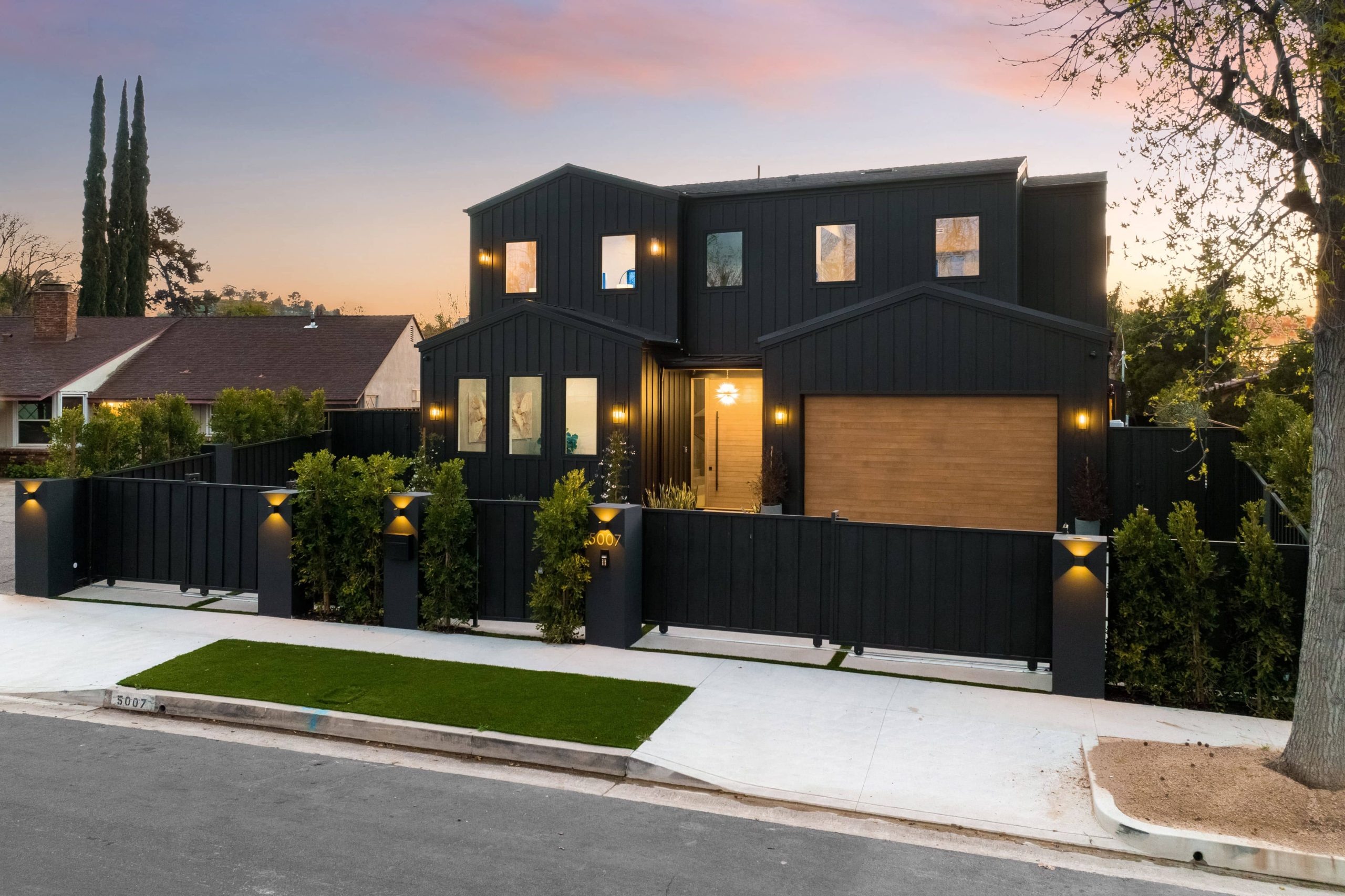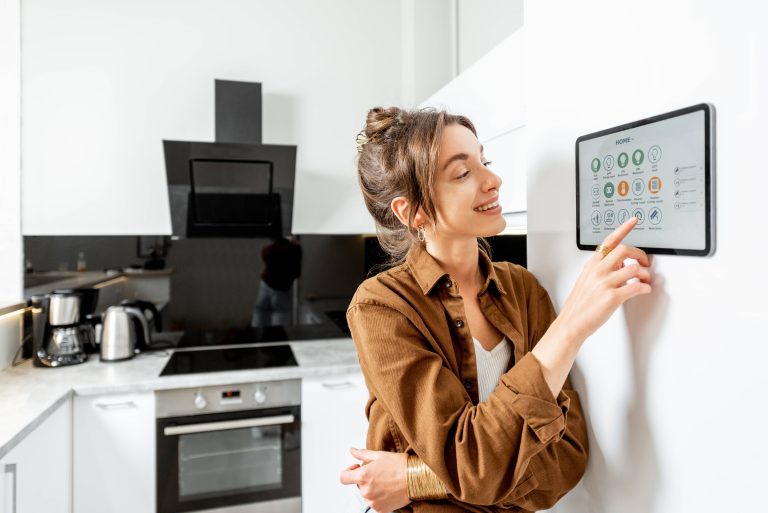
In today’s world, smart homes are becoming increasingly common. With smart devices like security cameras, smart locks, and intelligent lighting systems, the modern home is more connected than ever before. While these advancements bring convenience, they also introduce new security concerns. As a “Smart Home” blogger focused on security and privacy, it’s crucial to explore innovative ways to safeguard your connected space. One such method that is gaining traction is biometric authentication.
What is Biometric Authentication?
Biometric authentication refers to verifying an individual’s identity based on their unique physical or behavioral characteristics. Unlike traditional passwords or PINs, which can be easily forgotten or hacked, biometric identifiers are inherently personal and much harder to replicate. Common biometric methods include fingerprints, facial recognition, and voice recognition.
Why Choose Biometric Authentication?
1. Enhanced Security: Biometric data is unique to each person, making it far more secure compared to traditional passwords. With traditional security measures, a determined hacker might find a way to breach them. However, hacking a fingerprint or facial data is significantly more challenging.
2. Convenience: Biometric authentication provides a seamless user experience. There’s no need to remember multiple passwords or deal with the frustration of locked accounts from forgotten credentials. Your biometric data is always with you and ready for verification.
3. Personalization: Smart homes thrive on personalization. Biometric authentication takes this to another level by allowing customized settings based on the individual. Imagine walking into your home and having your preferred lighting, temperature, and even music settings automatically adjusted—a truly personalized experience.
Implementing Biometric Authentication in Your Smart Home
Before diving into the specifics of how to implement biometric authentication, it’s vital to understand the range of options available and how they can be integrated into your smart home ecosystem.
Smart Locks with Biometric Features
The front door is often the first line of defense for any home. Smart locks with biometric capabilities ensure that only authorized individuals can gain entry.
– Fingerprint Scanners: Many smart locks now come equipped with fingerprint scanning technology. These devices store fingerprints and ensure quick yet secure access. For instance, the Ultraloq UL3 BT and the Samsung SHS-P718 are excellent examples of smart locks that offer fingerprint scanning.
– Facial Recognition: More advanced smart locks, such as the U-Bolt Pro by Ultraloq, feature facial recognition technology. These locks use cameras and AI to authenticate users based on facial features.
Smart Home Security Systems
Your overall home security system can also benefit from biometric authentication.
– Security Cameras: Modern security cameras can integrate facial recognition features. This allows the system to distinguish between family members, frequent visitors, and potential intruders. The Nest Cam IQ Indoor, for example, uses facial recognition to send special alerts for familiar faces.
– Biometric Access Points: Areas that require additional security, like a home office or a safe room, can benefit from biometric access points. Devices like the Kwikset Halo Touch use fingerprint scanning to restrict access to designated areas within the home.
Smart Assistants and Control Devices
Voice recognition technology is becoming increasingly sophisticated and can serve as another layer of biometric security.
– Voice-Activated Assistants: Devices like Amazon Echo and Google Home can now differentiate between voices. This means that only recognized users can issue specific commands, adding another layer of security to your smart home ecosystem.
– Voice Authentication for Apps: Certain smart home apps offer biometric voice authentication, ensuring that only verified users can control the system remotely.
Privacy Considerations with Biometric Data
While the benefits of biometric authentication are clear, it’s crucial to consider privacy implications.
1. Data Storage: Ensure that any biometric data is stored securely. Many smart devices encrypt biometric data, which is a step in the right direction. However, it’s vital to understand where and how this data is being stored—preferably locally rather than in the cloud.
2. Data Sharing: Be cautious about which apps or services you grant access to your biometric data. Only use reputable smart home devices and apps that adhere to strict data privacy standards.
3. Legal Implications: Different regions have different regulations regarding biometric data. Be aware of the laws in your area and ensure that your use of biometric authentication complies with these regulations.
The Future of Biometric Authentication in Smart Homes
As smart home technology evolves, so too will the methods of biometric authentication. We can expect to see advancements in multi-modal biometric authentication, where multiple biometric identifiers are used in conjunction to provide even greater security.
Additionally, the integration of biometric authentication with artificial intelligence will further enhance the capabilities of smart home devices. For instance, AI can learn and adapt to the unique behavior patterns of individuals, providing even more personalized and secure smart home experiences.
Conclusion
Securing your smart home with biometric authentication not only provides enhanced security but also offers unparalleled convenience and personalization. As the Internet of Things (IoT) continues to grow, incorporating advanced security measures like biometrics will be essential in safeguarding our connected lives.
By understanding and implementing biometric authentication methods such as fingerprint scanning, facial recognition, and voice recognition, you can ensure that your smart home remains a sanctuary of comfort and safety. As always, prioritize privacy and be mindful of the data you share, ensuring that your smart home remains both smart and secure.







